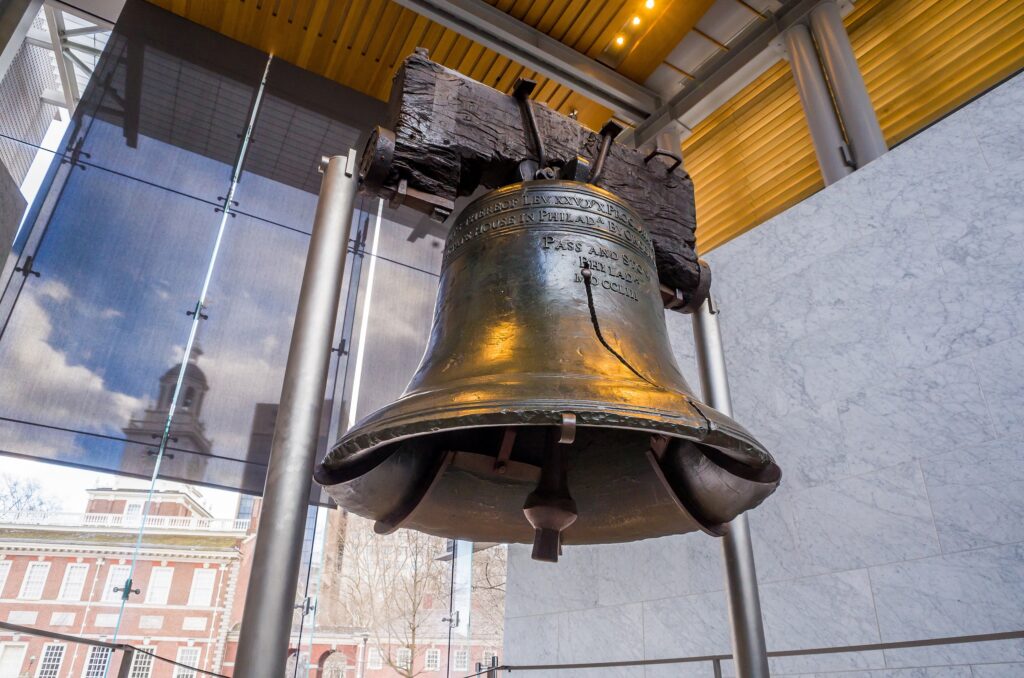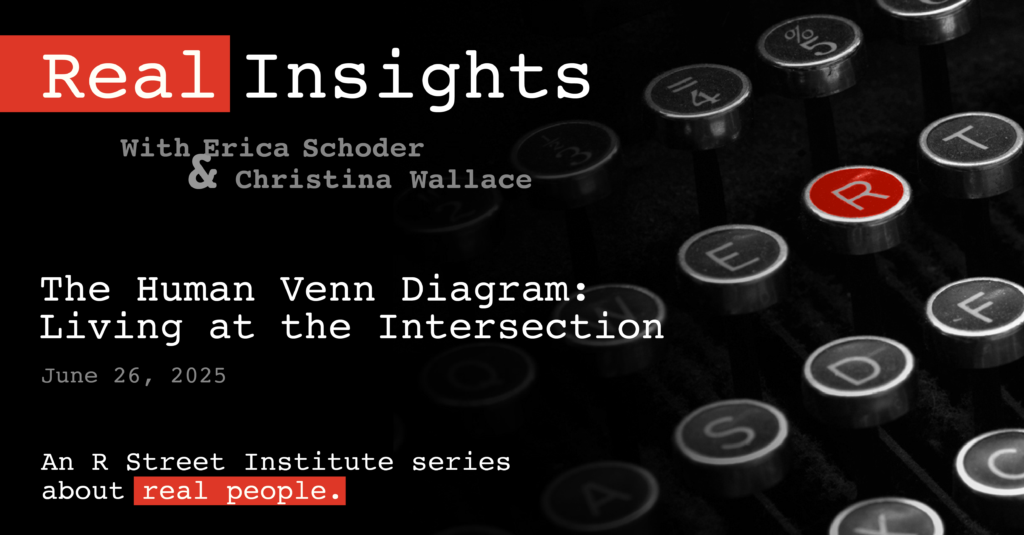Election night coverage is a breeding ground for misinformation
Mis-, Dis- and Mal-information (MDM) represents a growing threat to election integrity and undermines the public’s trust and satisfaction with elections and government. Various actors have sought to combat the spread of MDM as Congress considers legislation, social media platforms regulate content, election administrators engage in civic education programs and media outlets investigate and report on allegations of impropriety. However, election night coverage of results provides a prime opportunity for MDM to proliferate, and media outlets should be more careful and responsible in their coverage of election outcomes.
Elections are not dynamic events nor games of chance. The outcome of any election is decided the minute the final ballot is cast; what follows is simply a matter of discerning and recording that outcome. Ballots are cast by the time polls close, and then are subsequently tabulated and certified in the days after.
The media, in contrast, often treats election night as a time when results are in flux and anything could happen. Most outlets present competing vote shares of candidates with some candidates “gaining” and others “losing” as the night goes on, until a winner is declared. This horse race-style coverage can set the stage for the creation of MDM and can aid the spreading of conspiracy theories.
For example, during the 2020 presidential election in Pennsylvania, supporters of President Donald Trump went to sleep on election night with their candidate in the lead only to wake up the next day with him trailing Joe Biden. Shortly thereafter, conspiracy theories began to spring up, including tales of fraudulent mail ballots, votes being mysteriously found across the state and Republicans being barred from observing the counting of votes. This was a particularly bad outcome, because Pennsylvania was the state that ultimately proved decisive to Biden winning the presidency.
The change in the overnight “leader” was, however, largely a result of two factors related to Pennsylvania’s election laws. First, like many other states, Pennsylvania expanded the use of mail balloting in response to the pandemic. But this expansion was not coupled with pre-processing of ballots, which drastically slowed the tabulation of these votes. Second, and related to the first, Democrats were more likely to use mail ballots in 2020 while Republicans preferred to vote in-person. Together, this created a non-random tabulation process where Republican ballots were counted disproportionately first, and Democratic ballots were counted disproportionately after. In combination with the media’s coverage of the race, the stage was set for conspiracy theories to be born.
Although nothing nefarious happened in the state, the media’s coverage of the election led many voters to think otherwise and to question the process and validity of the outcome. Indeed, it probably even contributed to Trump himself challenging the Pennsylvania election, even though a federal appeals court ultimately rejected the suits saying they “have no merit.”
This is not unique to Trump or presidential elections, nor is it unique to Pennsylvania. The recent Republican gubernatorial primary in Arizona saw Karrin Taylor Robson with a higher vote total than Kari Lake on Tuesday night shortly after the polls closed. By Wednesday morning, more Lake ballots had been tabulated, pushing her ahead of Robson. Robson would eventually concede on Thursday, but nonetheless felt compelled to state, “I accept the results, I trust the process and the people who administer it,” presumably to allay any concerns supporters might have about fraud, which is something that would ideally be universally understood and not have to be a pronounced part of one’s concession speech.
Many states, like Maryland and California, also can take a long time to tabulate votes, but few observers notice since the outcomes in these states are obvious and the media doesn’t cover them as horse races like they do swing states. However, larger jurisdictions with more votes to tabulate are often Democratic-leaning, which means that when the media does provide coverage, it is more likely that the Democratic candidate will “gain” late in the race. More responsible, informed coverage would not treat vote tabulation as a sporting event and would significantly tamp down on MDM.
Of course, at least some of the burden falls on consumers of media as well. In an ideal world, viewers would better understand the nuances of the back-and-forth “race” to the finish line. But most election night watchers are casual observers, not seasoned experts, and can be prone to accept information that conforms to preexisting expectations while rejecting that which challenges what is already believed to be true. In the context of elections, this means that voters supporting a losing candidate will look for explanations other than someone else simply attracting more votes. For this reason, it is important for the media to avoid narratives that can call into question election outcomes that are perceived as undesirable, and for viewers to avoid knee-jerk reactions to new information and unreliable sources of information.
As another example, during the 2004 presidential election, President George W. Bush narrowly defeated Sen. John Kerry in Ohio, which proved decisive in delivering a second term for Bush. Leading into the election, Bush’s approval rating had been in steady decline and was below 50 percent by election day. Nevertheless, final polls still favored him to win. Many media outlets, however, questioned the legitimacy of the outcome, with some running stories that fueled conspiracy theories—despite the fact that Bush’s margin was too wide for any of the issues mentioned to change the outcome of the race.
There are other, less obvious ways, in which media coverage can influence perceptions about an election. Many states are dominated by one party at the state level, and the outcome seems like a foregone conclusion. In the 2020 presidential election, for example, the Associated Press called Kentucky for Trump and Vermont for Biden as soon as the polls closed in those states. Other states where the outcome was “obvious” were called in a similarly swift manner. However, treating elections as decided when the overwhelming majority of ballots are still uncounted can lead voters to question whether their ballots were actually counted or if election outcomes are predetermined. Such doubt could be preempted entirely if media outlets exercised greater responsibility when covering results.
Treating outcomes as decided without counting many—or any—ballots also puts pressure on other states. This is especially true for those that do not have rules facilitating the expeditious counting of ballots. Americans may wonder why their state is taking so long when others already seem to be finished. Of course, all states are still counting ballots while media outlets primarily fixate on the most competitive ones.
Once polls are closed, elections are ultimately administrative exercises more than they are political events. However, few journalists cover election administration or election law as their regular beat. Campaign managers and politicians brought on television as commentators are generally not well-versed in such matters either, as campaigns and election administration are distinct areas of expertise. Americans would be better served if media outlets sought out experienced and knowledgeable election workers to supplement their election night coverage.
The severity of our electoral MDM problem cannot be understated. Election workers are now leaving the profession in remarkably high numbers after receiving threats borne from misinformation about elections. Meanwhile, Americans are done a disservice when elections more closely resemble the Super Bowl than an institution that forms the foundation of our democracy.
The growth of MDM is ultimately a threat to public confidence, and reasonable steps should be taken to stop it—especially in light of how quickly it spreads relative to accurate information. While legislatures, social media platforms and election workers do what they can to ensure the transmission of accurate information, media outlets should assist by covering elections more carefully and responsibly.








